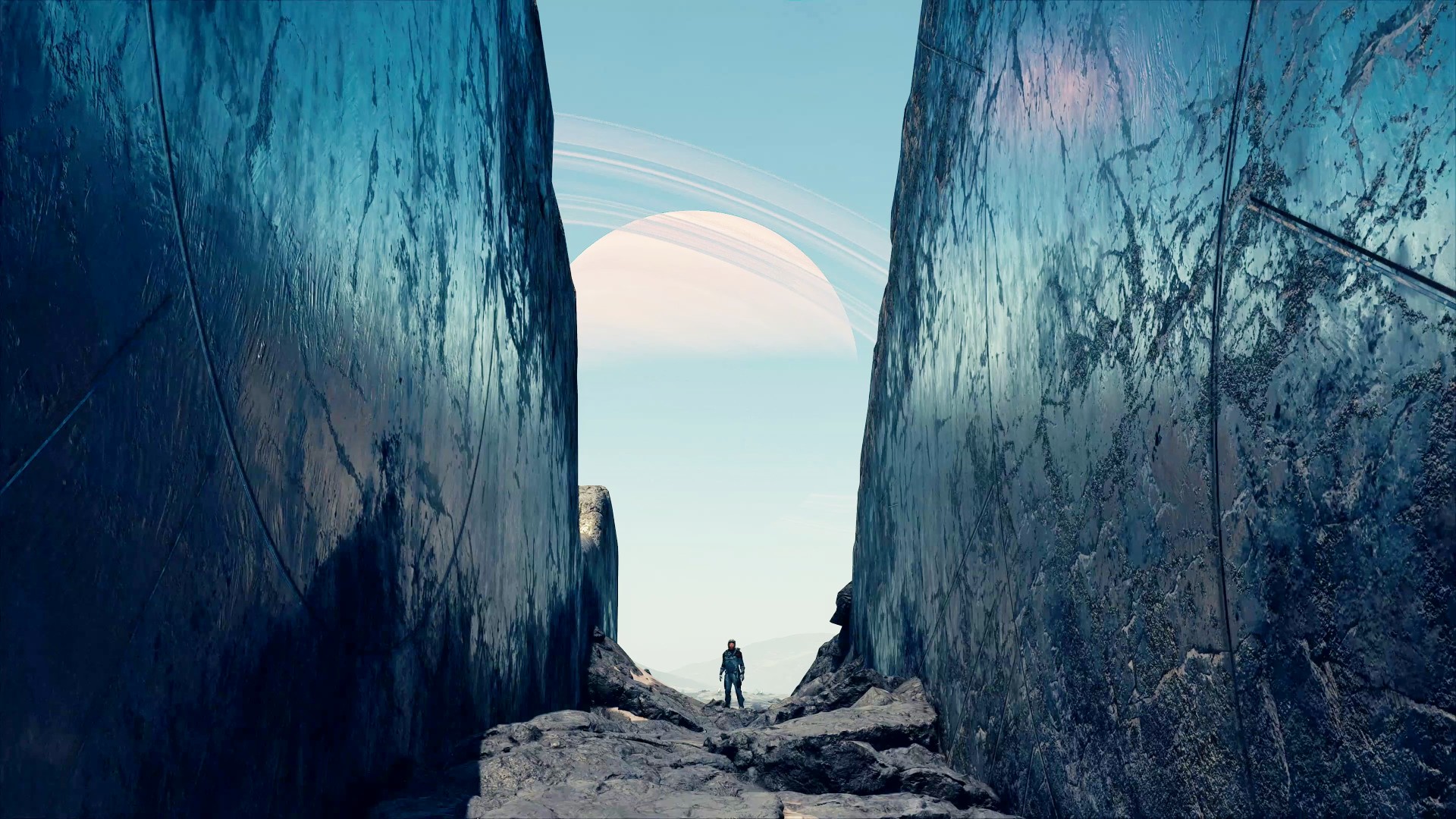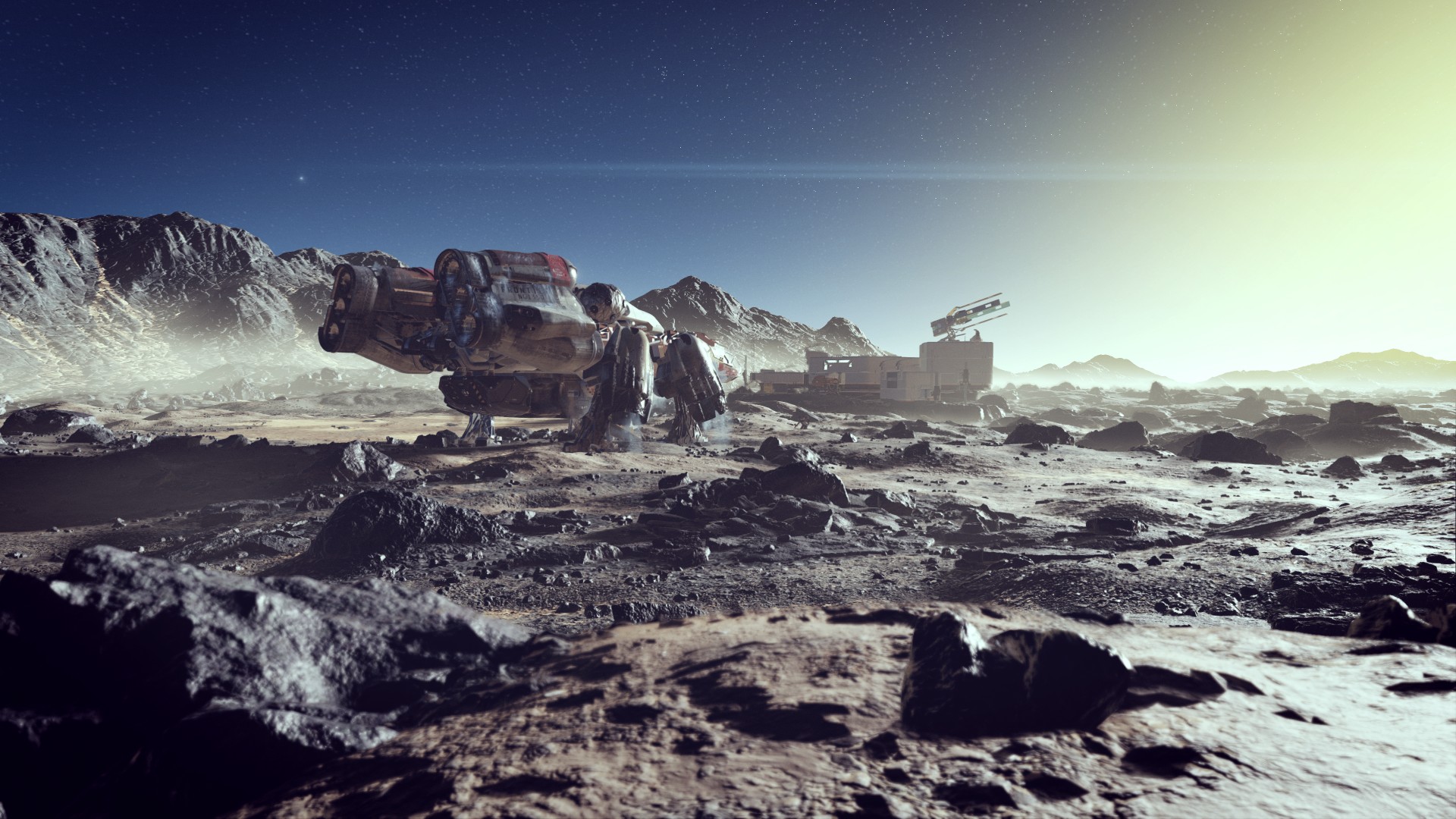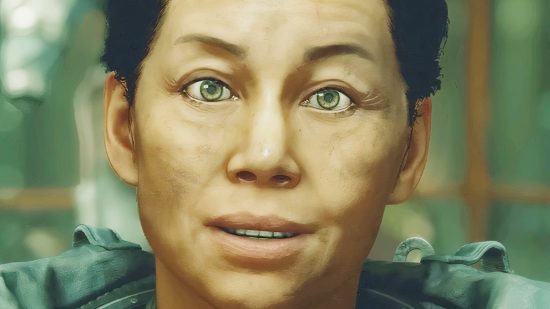Starfield is going to be enormous, not just in terms of its literal size but for RPG games as a genre. The next step for the Fallout and Skyrim formula that Bethesda – and others – have been perfecting now for decades, we can expect hundreds upon hundreds of quests, characters, customization options, and more. Starfield planets, however, will be somewhat sparsely populated, with only 10% of them supporting life, according to Todd Howard. Taken at face value, that might make Starfield sound a bit empty or lacking in ‘content,’ but there’s more to videogames than just collecting, interacting with, and completing ‘stuff’ – ahead of the Starfield release date, the prospect of empty planets actually sounds like a good thing.
From Starfield missions to Starfield space combat and Starfield traits, it’s not like we’re going to be short of things to do in Bethesda’s new opus. The fact that only 10% of planets support life, whether that’s animals or humanoid NPCs, however, naturally raises a couple of alarms. As videogame players, we’ve grown accustomed to the idea that RPG and open-world games are designed for maximum content, that the best games are the ones with the most things to do, obtain, and complete.
Like going on a holiday, it becomes a kind of time-to-money equation: why would I pay $70 for something that lasts one week when I could get two weeks for the same price? But at a deeper – and I would argue more substantive and meaningful level – I think we also, as videogame players, feel and believe that games have value beyond sheer time occupation. A game that lasts a shorter amount of time or has a smaller number of capital-T Things to do is not inherently less artistically worthwhile than a game that is longer and contains more.
I can give a personal example, and I’m sure you also have your own. I look at the remake of Resident Evil 2, which can be completed in around three hours, and – although it has unlocks, additional game modes, and some elements of customization – is, certainly by modern standards, a relatively contained and singular experience.

I then look at Resident Evil Village, which offers much more in terms of exploration, collectible material, and opportunities to personalize the experience to your preferences. Resident Evil 2, I would say, is nevertheless the better game – it has qualities beyond pure ‘amount’ that elevate it beyond RE Village.
Likewise, I would say that the open world of Red Dead Redemption 2, though still vast and filled with opportunities and incentives for player-driven experience, is richer, more interesting, and more rewarding than the bigger and fuller open worlds of Grand Theft Auto 5 and GTA Online.
When free time and disposable income are so hard to come by these days, and you are perhaps only able to commit to one or two videogames per year, there is something very attractive about the prospect of a content-rich, almost never-ending open world – a clear, value-for-money buy.
But we also seek and find value in other things. I would rather, for example, play an RPG that limits the open world in order to keep the story and characterization consistent than play a sandbox game that lets me do anything for as long as I like, regardless of whether it compromises the mood, tone, and narrative momentum.

Which returns us to Starfield. It seems intrinsic to this game that we have a sense of, as a person, as a character inhabiting it, our own smallness – the scale of the galaxy and the mystique of space are made apparent by our relative insignificance.
If every planet – or even the majority of the planets – that we arrive on are full of things very clearly made for and targeted at us, if the world feels like it’s entirely designed around what we want to do, then the universe of Starfield begins to feel paradoxically smaller. It’s no longer a vast, uncaring, enigmatic system of uncharted and unknown planets, awesomely indifferent to the passage of time and the coming of people.
It becomes instead a playground built for one person, a more artificial-feeling game world as opposed to a convincing, impervious actual world. Put another way, if everything in Starfield is designed to be interacted with, claimed, and completed, the world becomes, by that virtue, finite.
On the contrary, if much of the world feels somehow uninviting, or like it exists without regard towards the typical things a videogame player might want to do, then it becomes an entity unto itself – a character with its own mysteries and complexities that we can’t possibly know, which inherently makes it feel bigger.

We don’t always need to ‘eat’ the open world, to consume, touch, and somehow own everything within it, in order to feel fulfilled. I think everyone wants to play videogames that entice and provide for a multitude of emotional experiences, not just the intuitive and at this point highly familiar process of completing all the stuff.
The absence of life on many of Starfield’s planets feels as if it will actually, by implication, suggest a much bigger and ‘lived-in’ world, one that existed before we arrived and will continue after we have left. In a game eager to communicate the magic and majesty of the universe, putting life on only 10% of Starfield’s planets feels like exactly the right thing to do.
While we wait for Bethesda’s opus to arrive, get prepared with Starfield character creation. You’ll also want to check out all the Starfield companions and learn about the Starfield romance options.
